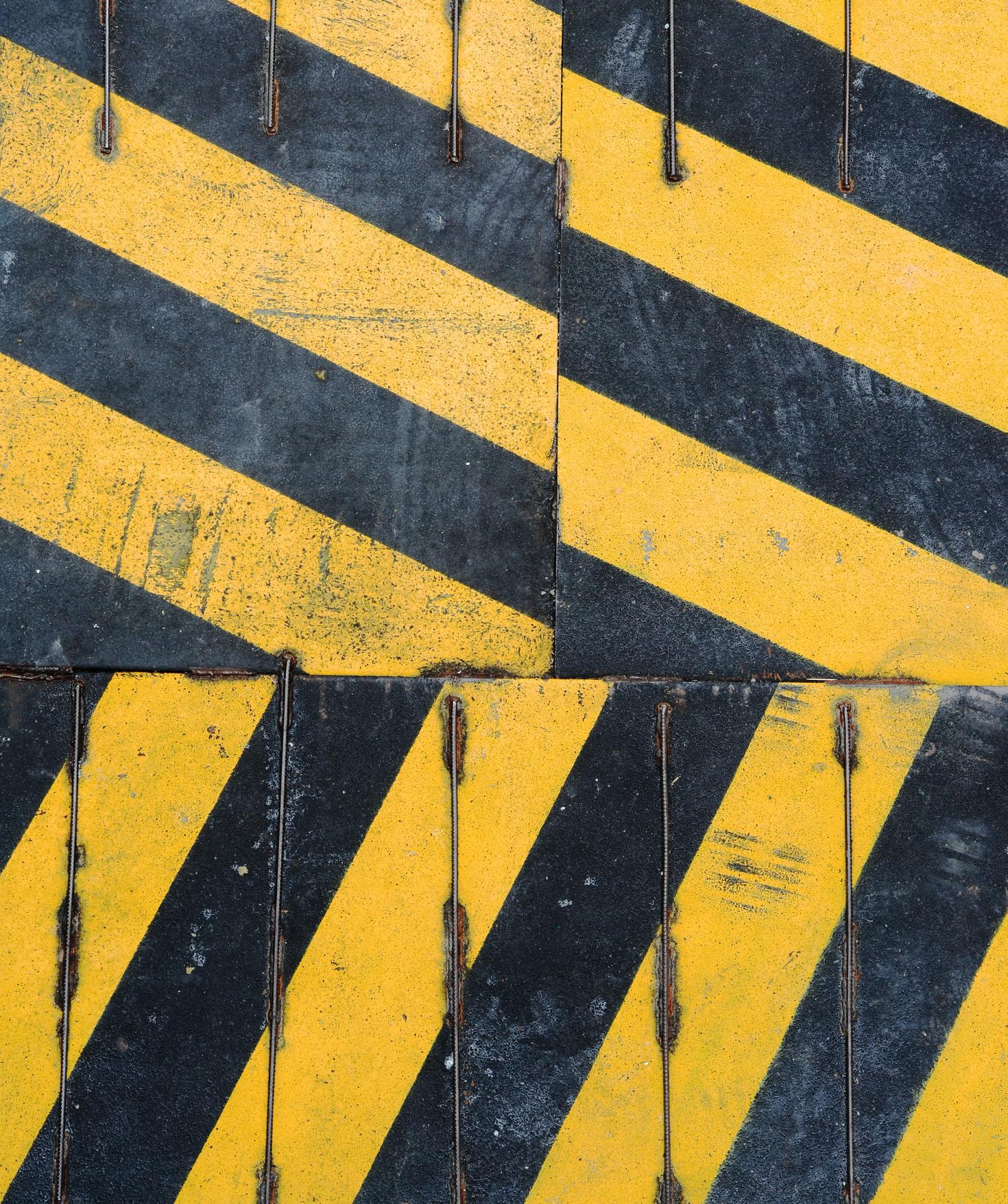Explore this page to learn how you should respond to specific hazards.

Other hazards
Many types of emergency can occur on a university campus, including fires, natural disasters and hazardous-material spills.
Hazard procedures
Earthquake
If you’re indoors during an earthquake
- Remember to drop, cover and hold on!
- Get under a table or desk, or against an inside wall; stay away from windows and overhead hazards.
- Try to hold on to whatever is sheltering you.
- Cover your head, neck and torso as much as possible.
- If you’re in a wheelchair, lock your wheels and duck as low as possible.
- Don’t stand in a doorway.
- Don’t leave the building until it’s safe to do so; wait until several minutes have passed without aftershocks, then assess your surroundings to determine whether it’s safe to leave.
- Evacuate the building with caution and avoid hazards like fallen ceiling tiles or lights, broken glass and major structural damage.
- Don’t use elevators.
- Don’t pull the fire alarm unless there is a fire; pulling the alarm without cause would prompt an uncontrolled evacuation and could expose people to unnecessary danger.
- Don’t use cell phones or telephones except to report emergencies or injuries to Protection Services.
- Wait for instructions from Protection Services, Building Wardens, and other emergency responders.
If you’re outdoors during an earthquake
- Stay outside.
- Move away from buildings, trees and power lines.
- Avoid hazards.
If you’re driving during an earthquake
- Pull over and keep the road clear for emergency vehicles.
- Stay in your vehicle until several minutes have passed without aftershocks.
- Don’t stop under overhead structures such as bridges, overpasses and hydro wires.




